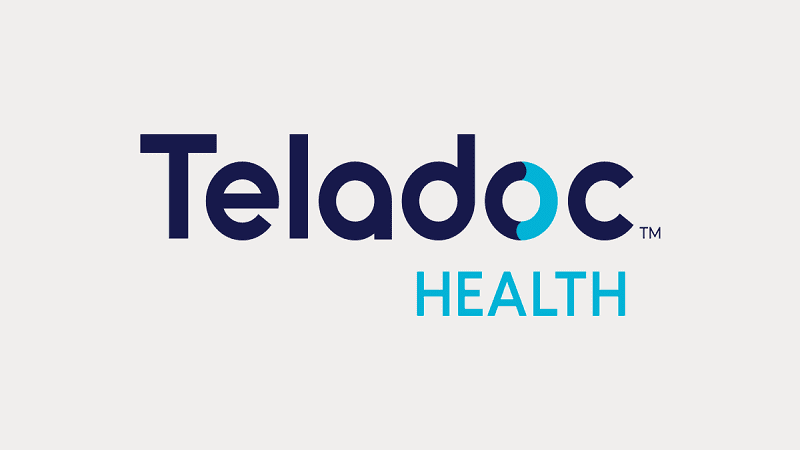
The stock’s sell-off was an extreme reaction to its earnings report. A rally this year could follow.
Teladoc Health‘s (TDOC 2.98%) share price crashed to a new low last week, making it just the latest in a long list of companies to suffer a mammoth decline as a result of an underwhelming quarterly performance.
There was a flurry of activity when Teladoc reported its first-quarter results after the bell on April 27. Trading volumes reached a whopping 87 million shares the day after the numbers came out — more than 20 times the daily volume just a week earlier. Investors rushed to sell the stock, and it fell by more than 40% on April 28.
However, despite the cut in guidance and the large impairment charge the company took, that level of negativity may have been a huge overreaction. Here are four reasons why Teladoc’s results weren’t nearly as bad as the sharp drop in its share price would suggest.

IMAGE SOURCE: GETTY IMAGES.
1. Operating expenses as a percentage of revenue declined when factoring out impairment
The $6.6 billion goodwill impairment that the telehealth company took definitely grabbed investors’ attention. That’s a staggering amount on the company’s income statement — but it’s also a non-cash item and is related to Teladoc’s $18.5 billion acquisition of Livongo back in 2020.
At the time, telehealth stocks were surging in value due to the pandemic, when social distancing efforts made virtual visits to the doctor’s office an essential service. Teladoc made its acquisition at an inopportune time financially; had the transaction taken place today, it likely would have been at a significantly lower price.
As a result of the impairment charge, Teladoc’s operating expenses jumped to $7.2 billion in the first quarter (up from $538.4 million in the prior-year period). Excluding that one-time cost, expenses would have totaled just $634.7 million, up 18% year over year. That figure equates to 112% of revenue compared to 119% in the prior-year period.
Operating expenses (excluding the impairment) rose at a slower rate than revenue, which jumped by 25% to $565.4 million. That’s a positive sign for investors. The business is becoming more efficient.
2. The company met the lower end of its guidance
In February, when Teladoc released its 2021 year-end numbers, it projected that its revenue for Q1 2022 would come in between $565 million to $571 million. The actual result of $565.4 million landed just above the lower end of that range. While that’s not necessarily impressive, it nonetheless suggests that Teladoc’s business isn’t overly volatile regardless of what happens in the economy.
One of the negatives in the report was that the company adjusted its revenue guidance for the year downward by $150 million to a range of $2.4 billion to $2.5 billion. CEO Jason Gorevic said that were some challenges during Q1, and that its marketing spending wasn’t yielding the results the company was expecting. Management says it’s seeing an “elongated sales cycle” as employers take more time to assess their long-term strategies regarding the health benefits they will offer. However, these should be nothing more than short-term concerns for long-term investors.
3. Telehealth visits continued to rise
A key number that I always look at in Teladoc’s reports is total visits as that’s a useful metric in assessing how popular the service is. The 4.5 million visits in Q1 amounted to a 35% increase year over year, showing that telehealth is more than just a COVID-19 trend.
For the current quarter, Teladoc projects visits in a range of 4.4 million to 4.6 million. Continued strength and growth in the use of its services, combined with rising average revenue per U.S. member ($2.52 this past quarter vs. $2.09 a year ago) are encouraging signs that Teladoc is on the right path and that its sales will continue to increase.
4. Teladoc’s cash position remains strong
During Q1, Teladoc used up $31.7 million in cash to fund its day-to-day operating activities. That was more than the $18 million it used during the prior-year period, but it’s still relatively modest in relation to the cash and cash equivalents it has on its books — well over $800 million. Plus, there can be fluctuations in working capital over short periods that affect these numbers. Over the course of 2021, the company generated $194 million in operating cash flow.
The stock is a solid pick up at its current price
Shares of Teladoc haven’t traded this low since 2018. That was before the Livongo deal and before the pandemic, back when many people were still unfamiliar with what telehealth even was. To get these shares at less than $40 could be a steal of a deal for investors.
While many people may be down on this healthcare stock today, over the long term it has the potential to generate significant returns. Teladoc’s business is continuing to grow while its operations are also getting leaner. And if the stock simply returns to the values it was trading at in January, that would double its share price.










